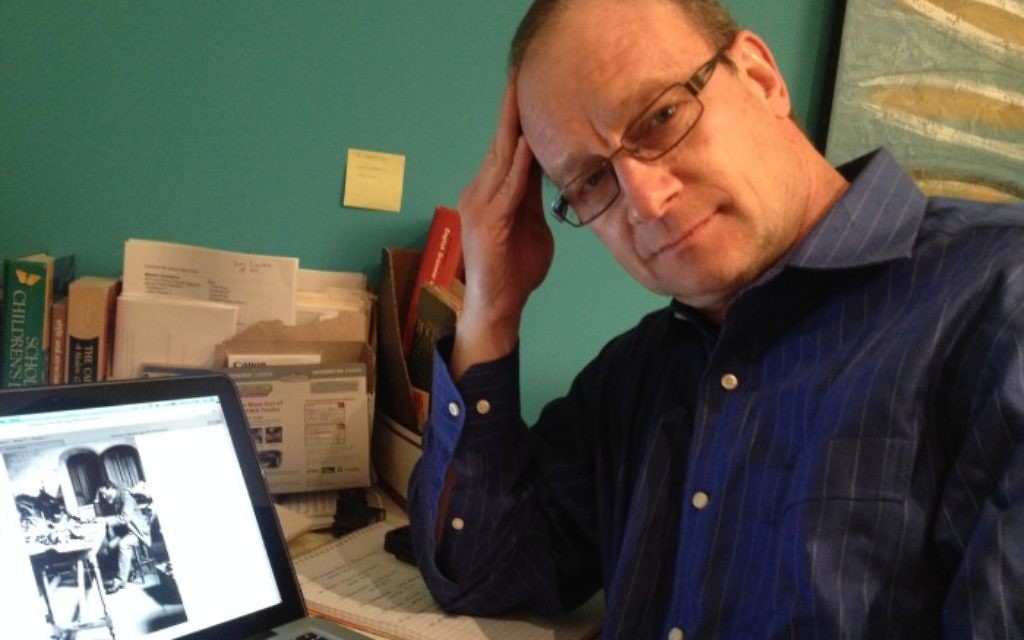Not in My Lifetime
I had a colleague who lamented that in our lifetimes the average American would not experience spaceflight.
We were baby boomers, raised when the promise of exploring the heavens fueled imagination. I wore my John Glenn “Friendship Seven” helmet and pretended that I was an astronaut. I was a child dreaming a child’s dreams.
Sunday school in those years included black-and-white films of a Jewish nation growing into adulthood. Scenes of young kibbutzniks making the desert bloom and an army of “our” people defending their land were meant to instill pride. Those “other” people were the enemy. There was only one narrative.
Get The AJT Newsletter by email and never miss our top stories Free Sign Up
In adulthood, a child’s world of black and white, of easily discerned good and evil, is replaced by shades of gray. Certainties give way to doubts. Questions are asked, and the answers are not always comfortable. History becomes open to interpretation when studied in detail. Seeing a place in person adds context and color.
My first drive from Jerusalem into the West Bank was in the pre-intifada mid-1980s. My guide was another colleague who became a friend, an American who had made aliyah shortly before the Yom Kippur War of 1973.
As he steered through Jewish neighborhoods into Arab neighborhoods, he said that he believed 95 percent of the people on both sides wanted nothing more than to raise their children in peace, do their work and enjoy their lives.
It was the 5 percent on both sides that were the obstacle, he said.
I used to joke that there were no good days left on the calendar. I now say it without humor. Every date is filled with what one people consider an atrocity committed by the other. Every discussion/debate/argument is framed by what happened in (pick a year). There is no end to the history invoked. The pessimists ridicule the optimists. The optimists pity the pessimists.
For a decade, with each stop on the peace train — Madrid, Oslo, Wye River, Camp David — optimists thought that maybe, just maybe this time, the train would reach its destination. Again and again, the optimists had their hopes dashed, and the pessimists had their distrust affirmed.
That train derailed a while back. If there is a desire to right the train and resume the trip, one side must push while the other side pulls — at the same time. Arguing about who did not push or pull their weight in the past will leave the train lying on the side of the tracks.
From a distance, the issues dividing Israelis and Palestinians may appear black and white. The closer one gets, the more shades of gray emerge. Some of the issues are decades old. Others have their roots in the centuries.
The pessimists say they cannot be bridged. The optimists say it is necessary to try. If you give up trying, you are left with status quo, and that cannot be maintained indefinitely.
I suspect that the 5 percent on each side three decades ago is greater now. The years have embittered people, and attitudes have calcified.
With each passing generation, the timeline for peace — even as its definition is debated — moves further out. Today’s children have been fated by history to an adversarial relationship. A generation not yet born will have to find a way out.
I gave up that dream of spaceflight years ago. In recent years I’ve conceded, reluctantly, that I no longer expect peace — as I define it — in my lifetime. I would be delighted to be proved wrong, but dreaming won’t make it so.





comments